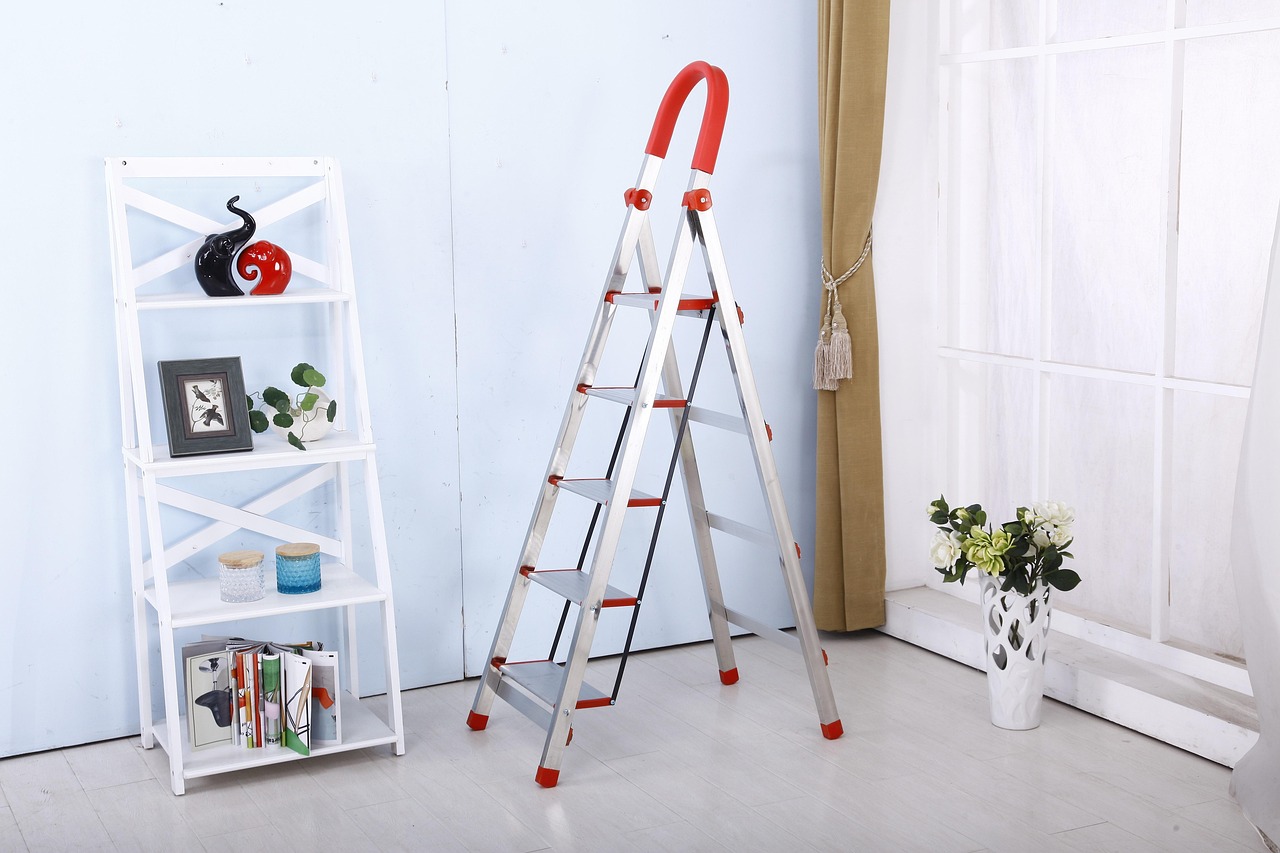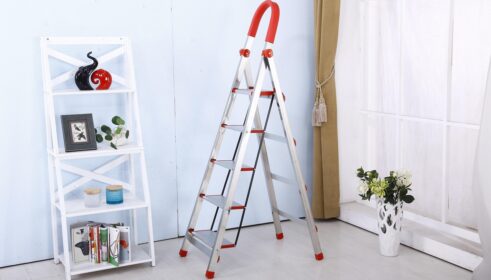Ladders are some of the most commonly used tools in homes, job sites, and industrial environments. They seem simple—just a set of steps to help you reach a higher point—but ladders are also one of the leading causes of workplace injuries and home accidents. Whether you’re changing a light bulb or working on a construction site, safety depends heavily on the condition of the equipment being used. That’s where ladder inspections come into play.
Regular inspections are not just a formality—they’re a necessary step to protect users from serious harm. Cracked rungs, loose bolts, and worn-out feet may not be immediately obvious, but any of these issues can lead to dangerous situations. A well-maintained ladder can mean the difference between a task completed successfully and a preventable accident.
The Overlooked Importance of Ladder Safety
According to safety agencies around the world, ladder-related injuries send hundreds of thousands of people to emergency rooms every year. In both residential and professional settings, the underlying issue is often the same: the ladder wasn’t safe to use. It might have been damaged, unstable, or used improperly—but in many cases, the accident could have been avoided with a proper ladder inspection beforehand.
While training and usage guidelines are critical, they can’t compensate for a physical defect in the equipment. That’s why inspections are an essential part of any ladder safety program, whether you’re working at a height for a few seconds or several hours.
What Is a Ladder Inspection?
A ladder inspection is a thorough check of the ladder’s components to ensure that it’s structurally sound and safe to use. The process varies slightly depending on the ladder type—step ladders, extension ladders, or platform ladders—but the core objective remains the same: to identify any damage, wear, or defects that could compromise safety.
Common elements checked during an inspection include:
- Rungs and steps for cracks or dents
- Side rails for bends, warping, or corrosion
- Hinges and locks to ensure they function properly
- Feet for wear or missing grip material
- Labels and safety markings for legibility
Inspections should occur at regular intervals, such as monthly for frequently used ladders, or before each use in high-risk environments like construction or industrial sites.
Uses and Applications That Require Extra Attention
Ladders are used in a wide range of settings—from painting walls and cleaning gutters at home to conducting electrical work, roofing, or warehouse inventory tasks. Each setting brings unique risks, and each deserves a tailored approach to inspection.
1. Construction Sites
In construction, ladders are used constantly and are often exposed to dirt, moisture, and rough handling. Daily ladder inspections are crucial here, especially since the environment is inherently high-risk.
2. Warehouses and Industrial Facilities
Here, ladders might be used to access storage racks or maintenance areas. In these settings, worn or damaged ladders pose a threat not only to workers but to equipment and inventory as well.
3. Home Use
Homeowners often overlook ladder inspections, assuming their ladders are safe because they’re rarely used. But ladders stored in garages or sheds can degrade over time due to rust, UV exposure, or pest damage. A quick inspection before seasonal use—like hanging holiday lights or trimming trees—can prevent serious falls.
Reasons to Conduct Ladder Inspections Regularly
– Prevent Injury and Liability
The most obvious reason is injury prevention. A faulty ladder can collapse without warning, causing broken bones, head injuries, or worse. In workplaces, failure to inspect ladders can also expose employers to legal liability.
– Meet Regulatory Requirements
In many industries, safety regulations mandate routine ladder inspections. Failing to document these inspections can lead to fines or shutdowns during audits.
– Extend Ladder Life
Catching minor issues early—like a loose bolt or missing cap—can prevent further damage and extend the ladder’s usable life. Maintenance is often far cheaper than replacement.
– Improve Workplace Culture
In work environments, regular inspections foster a culture of safety. When employees see that their safety is prioritized, they’re more likely to follow safety protocols themselves.
What to Do If a Ladder Fails Inspection
If a ladder doesn’t pass inspection, it should be tagged “Do Not Use” and removed from service immediately. Repairs should only be made according to the manufacturer’s guidelines or by a qualified professional. Makeshift fixes, like duct tape or unapproved replacement parts, can do more harm than good.
Once repaired or replaced, the ladder should undergo another inspection before being put back into rotation. Keeping a log of all ladder inspections is also a smart practice, especially in workplaces, as it helps track issues over time and supports compliance.
Final Thoughts
Ladders are tools we often take for granted. They’re leaned against buildings, set up in living rooms, or propped on uneven surfaces without a second thought. But behind every safe climb is a ladder that has been properly inspected and maintained.
Taking time to inspect a ladder before use may feel like a small task, but the consequences of skipping it can be severe. Whether you’re a homeowner, a maintenance worker, or a job site manager, incorporating regular ladder inspections into your routine is one of the most effective—and overlooked—ways to stay safe.












